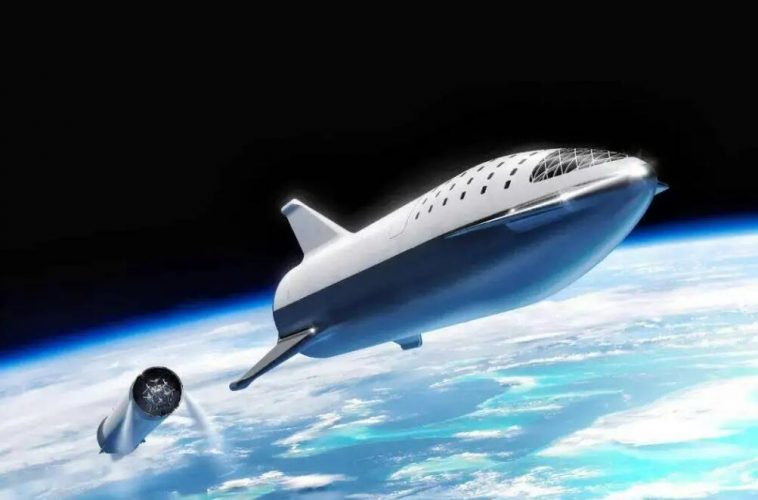Today, our technology cannot support such a mission because we don’t have a spacecraft that can overcome these obstacles to space travel. But what if we could travel in space without a spaceship?
Irina Romanovskaya, a professor of physics and astronomy at Houston Community College, proposed that alien civilizations may use free-floating planets as interstellar vehicles to reach and explore other planetary systems. Her related research was published in the International Journal of Astrobiology.
In order to find these alien civilizations, Romanovskaya said: “I think that alien civilizations may use free-floating ‘wandering planets’ as vehicles for interstellar migration and colonization. The strategy I propose is, Try to find their technical imprints and artifacts.”
So, where do these “wandering planets” come from? Most may have been “expelled” from their stellar galaxies by gravitational events, but some may have formed through accretion like stars. In addition, they may also come from the Oort cloud.
There is the possibility that in the subterranean oceans of these “wandering planets” kept warm by radioactive decay, there are life forms migrating aboard these planets. It has been speculated that there may be around 50 billion “wandering planets” roaming our galaxy.
Romanovskaya’s idea is that, in theory, it’s possible for a sufficiently advanced alien civilization to occupy one of these “wandering planets” and use them to leave their original planet. While many of these planets are barren “wandering asteroids” that cannot support human life, the researcher speculates that some of them may have surface oceans or subsurface oceans. Combined with a sustainable atmosphere and reliable gravitational levels, they could potentially make them a viable resource for extraterrestrial life for interstellar travel.
Of course, if we want to use these “wandering planets” for interstellar migration, in addition to having the water resources necessary for sustainable human survival, they must also be close enough to our solar system so that we can board them.




GIPHY App Key not set. Please check settings